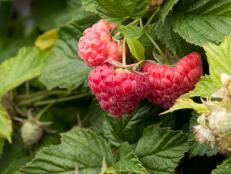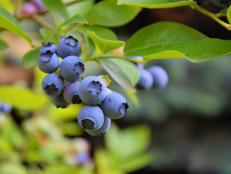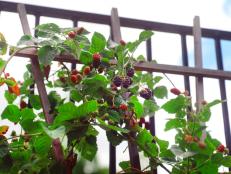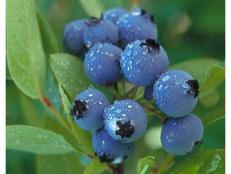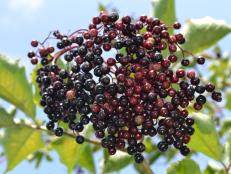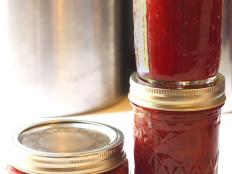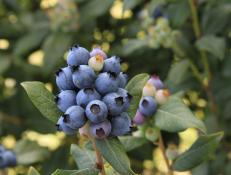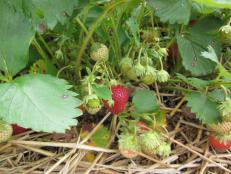When Your Bramble Starts to Ramble
When they take over your garden or yard, invasive blackberry brambles need sustained and serious treatment.


Why in the world would someone want to banish a berry? This is the height of berry season after all, when picking, baking and accessorizing our cereal and ice cream with berries is a near-fetish among summer fruit-loving types.
But berries can also have a dark side. Like that delicious salted caramel ice cream you can’t get enough of until you realize you’ve added 10 pounds to your frame, when it comes to berries they can be too much of a good thing. Blackberry brambles have a tendency to go a little loco: wild blackberries can regenerate from the crown or rhizomes even after herculean efforts are taken to destroy the plants. You will definitely have your work cut out for you: wild blackberry bushes can live for more than 25 years. That avidity can suddenly take a garden — and gardener by surprise. You can try burning. You can try mowing. And you can even try bulldozing. But unless you take the right approach, like a slasher movie monster, your berry brambles will keep coming back. Again. And again. And again.
Here’s my advice for nipping those bossy berries in the bud:
1. Till until you can’t till anymore.
Just tilling once will only fragment and spread the underground stems called rhizomes around. But if you keep on keeping on, eventually you will tire these resilient suckers out.
2. Get herbicidal on them.
Glyphosate (Round-up) and triclopyr (Brush-Be-Gone) can be effective, if you follow some ground rules:
*Don’t spray when fruit is present. You don’t want anyone eating your herbicide-zapped fruit. You also don’t want to hit them when the plants are drought-plagued or otherwise stressed and shut down, meaning the herbicides won’t do their necessary work.
*After the initial herbicide treatment, hit the sprouts that pop up next year with more herbicide to make sure they don’t get any ideas about a second wind.
*You’ll want to use the herbicide when the most sugars are flowing to the plants’ root system. In first-year canes apply herbicide in late summer. In second-year or a combination of first and second-year canes, apply herbicide in early fall.
3. Remove by hand.
Hard-working organic gardeners recommend hand-pulling of the brambles down to the root system to make sure you get every bit of the plant out of the ground. This can be a long and arduous process. Wear thick gloves, long pants — maybe even goggles if the plants are particularly tall — and plan on continuing to pull up any sprouts that pop up for some time.
4. Get a goat.
Many homesteaders swear by these critters for getting rid of pernicious plants.






